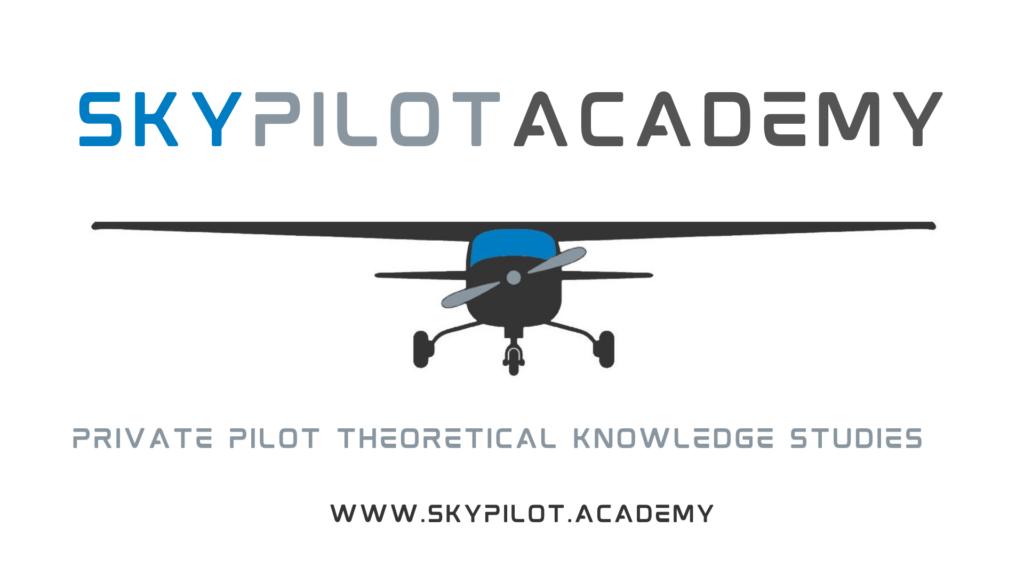Here I have answered some frequently asked questions based on the regulations that apply in Europe. If you want to go in depth then you can follow the links below. I the flight examiners manual, you can see what will be expected of you on your final checkride in the aircraft.

Theoretical Knowledge Course for the Private Pilot Licence
Start your journey to becoming a pilot with Skypilot Academy’s online Theoretical Knowledge Course for the Private Pilot Licence. At Skypilot Academy, we’re dedicated to training our students to become confident, safe and efficient pilots by providing in-depth theoretical knowledge training of the highest standard.
Learn more at Skypilot Academy
Easy Access Rules for Medical Requirements
What is an aircraft?
«Aircraft» means any machine which can derive support in the atmosphere from the reactions of the air other than the reactions of the air against the earth’s surface.
What is a category of aircraft?
«Category of aircraft» means a categorisation of aircraft according to specified basic characteristics, for example aeroplane, powered-lift, helicopter, airship, sailplane, free balloon.
What is a class of aeroplane?
«Class of aeroplane» means a categorisation of single-pilot aeroplanes not requiring a type rating.
What is a private pilot?
«Private pilot» means a pilot who holds a licence which prohibits the piloting of aircraft in operations for which remuneration is given, with the exclusion of instruction or examination activities, as established in this Part.
What medical certification do I need for a private pilot licence?
Light aircraft pilot licence (LAPL), the pilot shall hold at least a valid LAPL medical certificate. Private pilot licence (PPL), the pilot shall hold at least a valid class 2 medical certificate. A student pilot shall not fly solo unless that student pilot holds a medical certificate, as required for the relevant licence.
How old must I be to get a private pilot licence?
Applicants for a private pilot licence (LAPL or PPL) for aeroplanes or helicopters shall be at least 17 years old. Before his or her first solo flight, a student pilot shall be at least 16 years of age
What rights do I have with my private pilot licence?
The privileges of the holder of an LAPL are to act without remuneration as PIC in noncommercial operations on the appropriate aircraft category.
The privileges of the holders of a PPL are to act without remuneration as PIC or co-pilots of aeroplanes or TMGs engaged in non-commercial operations and to exercise all privileges of holders of an LAPL. Notwithstanding the paragraph above, the holder of a PPL with instructor or examiner privileges may receive remuneration for: (1) the provision of flight instruction for the LAPL or PPL; (2) the conduct of skill tests and proficiency checks for these licences; (3) the training, testing and checking for the ratings or certificates attached to this licence.
How do I get my private pilot licence ?
Applicants for a LAPL or PPL shall complete a training course at a DTO (school training private pilots only) or an ATO (school training private and profesional pilots). The course shall include theoretical knowledge and flight instruction appropriate to the privileges of the LAPL applied for. Theoretical knowledge instruction and flight instruction may be completed at a DTO or at an ATO different from the one where applicants have commenced their training.
What are the theoretical knowledge requirements?
Applicants for an LAPL or PPL shall demonstrate a level of theoretical knowledge appropriate to the privileges granted, through examinations on the following: (a) common subjects: — Air law, — Human performance, — Meteorology, — Communications, and — Navigation. (b) specific subjects concerning the different aircraft categories: — Principles of flight, — Operational procedures, — Flight performance and planning, and — Aircraft general knowledge.
How much flight training do I need for a LAPL?
Applicants for an LAPL(A) shall have completed at least 30 hours of flight instruction on aeroplanes or TMGs, including at least: (1) 15 hours of dual flight instruction in the class in which the skill test will be taken; (2) 6 hours of supervised solo flight time, including at least 3 hours of solo cross-country flight time with at least 1 cross-country flight of at least 150 km (80 NM), during which 1 full stop landing at an aerodrome different from the aerodrome of departure shall be made.
How much flight training do I need for a PPL?
Applicants for a PPL(A) shall have completed at least 45 hours of flight instruction in aeroplanes or TMGs, 5 of which may have been completed in an FSTD, including at least: (1) 25 hours of dual flight instruction; and (2) 10 hours of supervised solo flight time, including at least 5 hours of solo cross-country flight time with at least 1 cross-country flight of at least 270 km (150 NM), during which full stop landings at 2 aerodromes different from the aerodrome of departure shall be made. (b) Specific requirements for applicants holding an LAPL(A). Applicants for a PPL(A) holding an LAPL(A) shall have completed at least 15 hours of flight time on aeroplanes after the issue of the LAPL(A), of which at least 10 shall be flight instruction completed in a training course at a DTO or at an ATO. That training course shall include at least four hours of supervised solo flight time, including at least two hours of solo cross-country flight time with at least one cross country flight of at least 270 km (150 NM), during which full stop landings at two aerodromes different from the aerodrome of departure shall be made.
What is dual instruction time?
«Dual instruction time» means flight time or instrument ground time during which a person is receiving flight instruction from a properly authorised instructor.
What is solo flight time?
«Solo flight time» means flight time during which a student pilot is the sole occupant of an aircraft